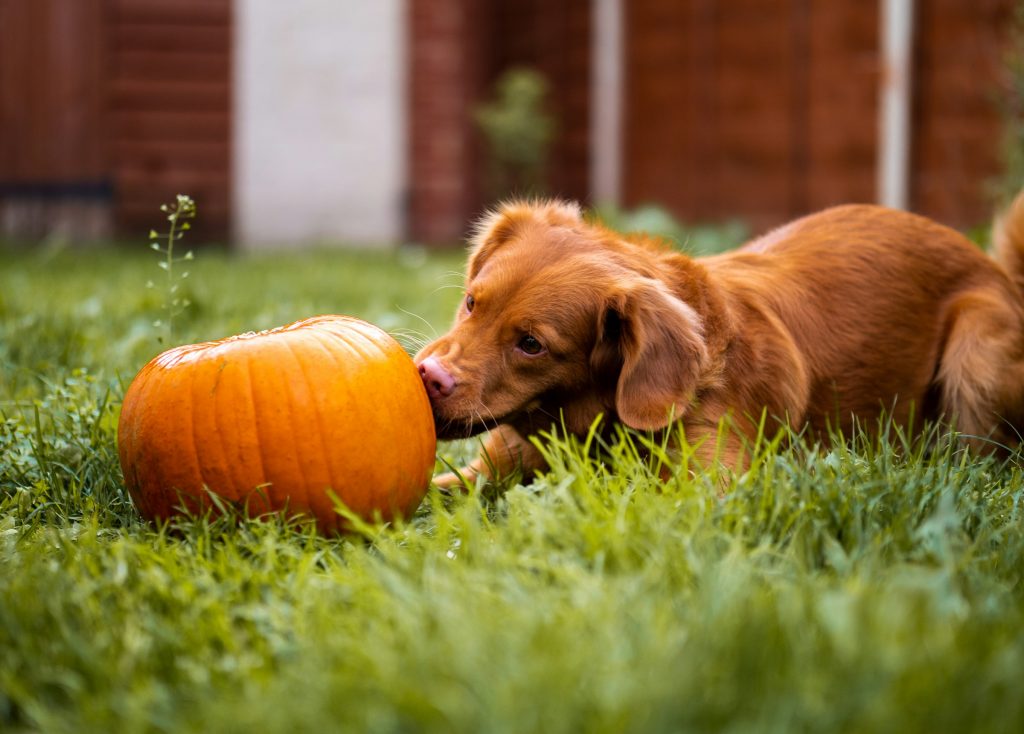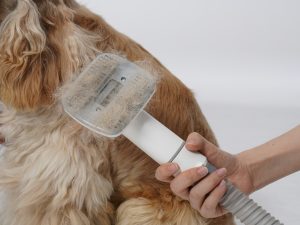
8 Easy Halloween Pet Safety Tips Every Owner Should Know
Halloween can be one of the most fun and festive times of the year—but for pets, it’s filled with potential dangers. From noisy trick-or-treaters to chocolate-laden candy bowls and unfamiliar costumes, your dog or cat might find the spooky season overwhelming or even hazardous. Thankfully, with a little awareness and planning, you can make sure your pet stays safe, calm, and comfortable. Here are 8 essential Halloween pet safety tips every owner should know.
1. Keep Candy Far Out of Reach
Chocolate and artificial sweeteners like xylitol are toxic to pets, and Halloween candy bowls are often left accessible during parties or trick-or-treat events. Keep all sweets in sealed containers and stored high out of reach. Remind children and guests not to share candy with your pet. If you suspect ingestion, contact your vet immediately or refer to the VCA’s guide on chocolate toxicity.
2. Choose Costumes with Comfort in Mind
Costumes can be adorable, but not all pets enjoy wearing them. Only dress your dog or cat in a costume if they seem relaxed and tolerant of the outfit. Avoid costumes with tight bands, dangling parts they can chew off, or masks that obscure their vision. Always supervise your pet while they’re in costume and remove it at the first sign of stress.
3. Create a Quiet Safe Space
Frequent doorbells, strangers in costume, and sudden noises can cause anxiety for pets. Before the festivities begin, prepare a cozy, quiet area for your pet with their bed, favorite toys, and calming music or white noise. Consider a calming pheromone diffuser or anxiety wrap if your pet is easily spooked.
4. Be Cautious with Decorations
Glowing pumpkins, fake cobwebs, and decorative lights may look festive, but they can pose a choking, tangling, or fire hazard for pets. Keep candles and electrical cords out of reach, and avoid any décor that includes small, chewable parts. Curious cats may especially be tempted to swat at hanging objects.
5. Update ID Tags and Microchips
More pets go missing on Halloween than almost any other day of the year. With doors opening frequently for trick-or-treaters, the risk of escape increases. Make sure your pet is wearing an up-to-date ID tag, and that their microchip information is registered correctly—just in case they bolt during the commotion.
6. Avoid Glow Sticks and Fake Blood
Glow sticks and fake blood may not be toxic in small amounts, but they can still cause irritation or upset stomachs if chewed or swallowed. Glow sticks in particular have a bitter-tasting chemical that causes drooling and vomiting. Keep these items away from curious pets and clean up spills promptly.
7. Supervise Outdoor Time
Whether you're walking your dog in costume or letting your cat lounge near a window, be extra vigilant on Halloween night. Increased foot traffic, flashing lights, and loud noises can trigger fear or confusion. Never leave pets unattended outdoors—especially if fireworks or pranksters are active in your area.
8. Prep for Emergencies Just in Case
Even with the best preparation, accidents happen. Keep your vet’s number handy, know the location of the nearest 24-hour animal hospital, and review pet emergency readiness steps. Acting fast can make all the difference if your pet eats something toxic or escapes unexpectedly.
Halloween should be fun for the whole family—including your furry members. With just a little planning and a lot of awareness, you can enjoy the season’s treats and thrills without risking your pet’s safety. Stay mindful, keep things pet-friendly, and have a safe and happy Halloween!
Frequently Asked Questions
Can pets eat candy corn or other sugary treats?
No. Candy corn, hard candy, and anything with xylitol or chocolate are harmful to pets. Stick to pet-safe treats instead.
What’s a safe costume choice for a dog or cat?
Choose soft, breathable materials with no tight bands or dangling parts. Avoid anything that limits movement or vision.
How can I calm a pet during Halloween parties?
Use a white noise machine or calming music in a separate room. Provide toys, treats, and a cozy bed. Pheromone diffusers can also help.
Is it okay to bring pets trick-or-treating?
Only if your pet is well-socialized, leashed, and calm in busy environments. Avoid crowded areas or loud houses that may frighten them.
What should I do if my pet escapes?
Act quickly: check your neighborhood, contact your local shelter, and post on community apps. Microchipping helps increase the chances of a safe return.

Join the Busy Pet Parent Newsletter!
Get easy routines, time-saving tips, and the latest gear reviews—delivered straight to your inbox.
Perfect for busy pet owners, apartment dwellers, and anyone who wants a happy, healthy companion (without the stress).
Exclusive guides & checklists
Product recommendations & deals
No spam—unsubscribe anytime!




